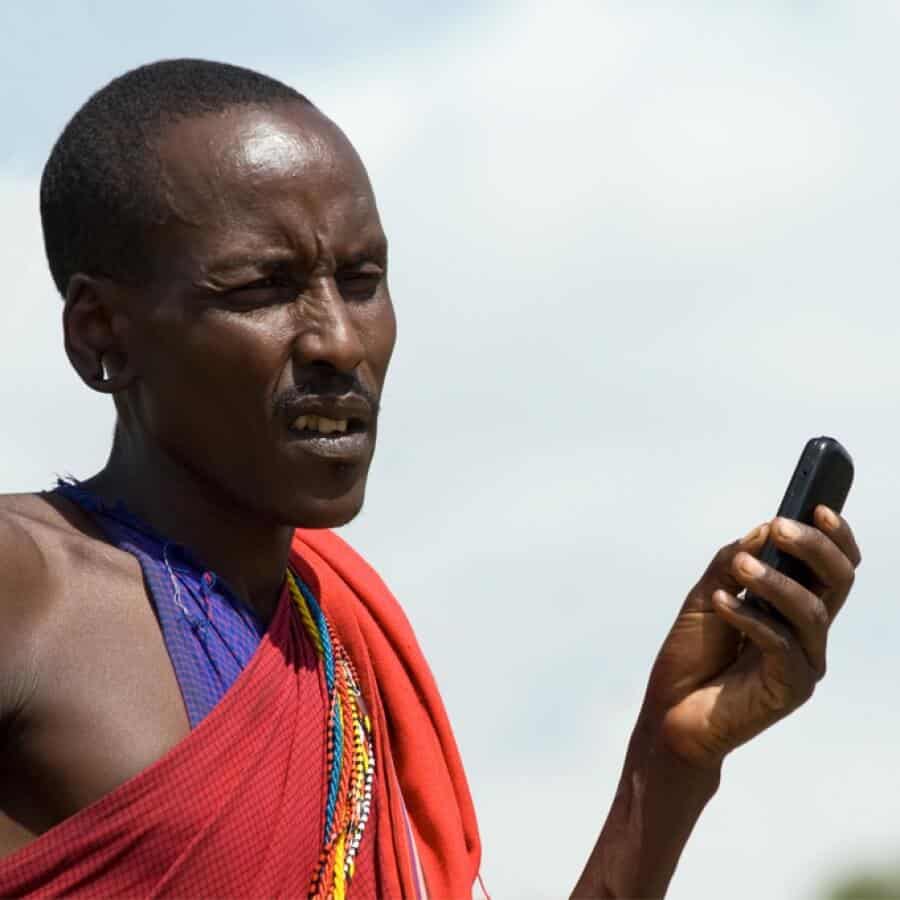It has been 20 years since South Africa attained its democracy, and the nation has strongly developed with the help of science and technology. Today, in 2015, it is even easier for people to exchange information through various mediums that suit each individual’s pocket. These include books, newspapers, magazines, the Internet and television. However unlike European and American peers, the most popular medium among the youth of South Africa is the radio.
Radio is a kind of electronic wave technology which is very affordable for almost everyone in addition to being readily available. Cellphones have made it even more accessible as all listeners need is a pair of earphones and the rest is history.
“Radio streams are easily accessible for anyone with a cellphone that has inbuilt radio. Most of these cellphones are cheap to buy. It has become far much easier, for example, for an illiterate granny in the rural areas to catch up with the news happening in her community. I think it’s because radio is extensive at events coverage,” said an avid radio listener, Thabo Moeti.
One of the key issues facing radio today is how the fast changing technology affects the medium and how all listeners have to find ways of keeping up and making it work for them.
Thirty-six-year-old Gareth Cliff made headlines when he re-invented radio in South Africa through his Cliff Central platform, which broadcasts shows on the internet via the popular social networking We Chat. Deals like MTN’s uncapped access to Cliff Central have made it easier for listeners to tune in without spending an arm and a leg on data costs.
With initiatives like Cliff Central, it is only a matter of time before more innovative ways transform the way we listen to the radio with the pending introduction of digital audio broadcasting (DAB). DAB is a digital radio technology for broadcasting radio stations used in several countries.
It is more robust with regard to noise and multi path fading for mobile listening since DAB reception quality first degrades rapidly when the signal strength falls below a critical threshold, whereas FM reception quality degrades slowly with the decreasing signal.
A number of commercial South African radio stations are already testing DAB, which will mean more regulated stations will become available via the digital spectrum.
“We have got to figure out how to take advantage of it and commercialize it. It could be a drain, as it has been for UK radio, where there are 10 streams of frequency. We have been moaning about how limited radio is for years. From that point of view, this could be the game changer. Enabling many radio stations,” said United Stations managing director, Rivak Bunce during a radio roundtable discussion held recently.
Besides being a source of employment, the radio has continued playing so many roles in South Africa, and it will continue ushering us into the future as the number one preferred medium.
Nineteen SABC radio stations will broadcast the 2015 IRB Rugby World Cup that gets underway in England on the 18th, and no one is going to be left out of the global excitement wave.
Support us!
All your donations will be used to pay the magazine’s journalists and to support the ongoing costs of maintaining the site.
Share this post
Interested in co-operating with us?
We are open to co-operation from writers and businesses alike. You can reach us on our email at [email protected]/[email protected] and we will get back to you as quick as we can.









